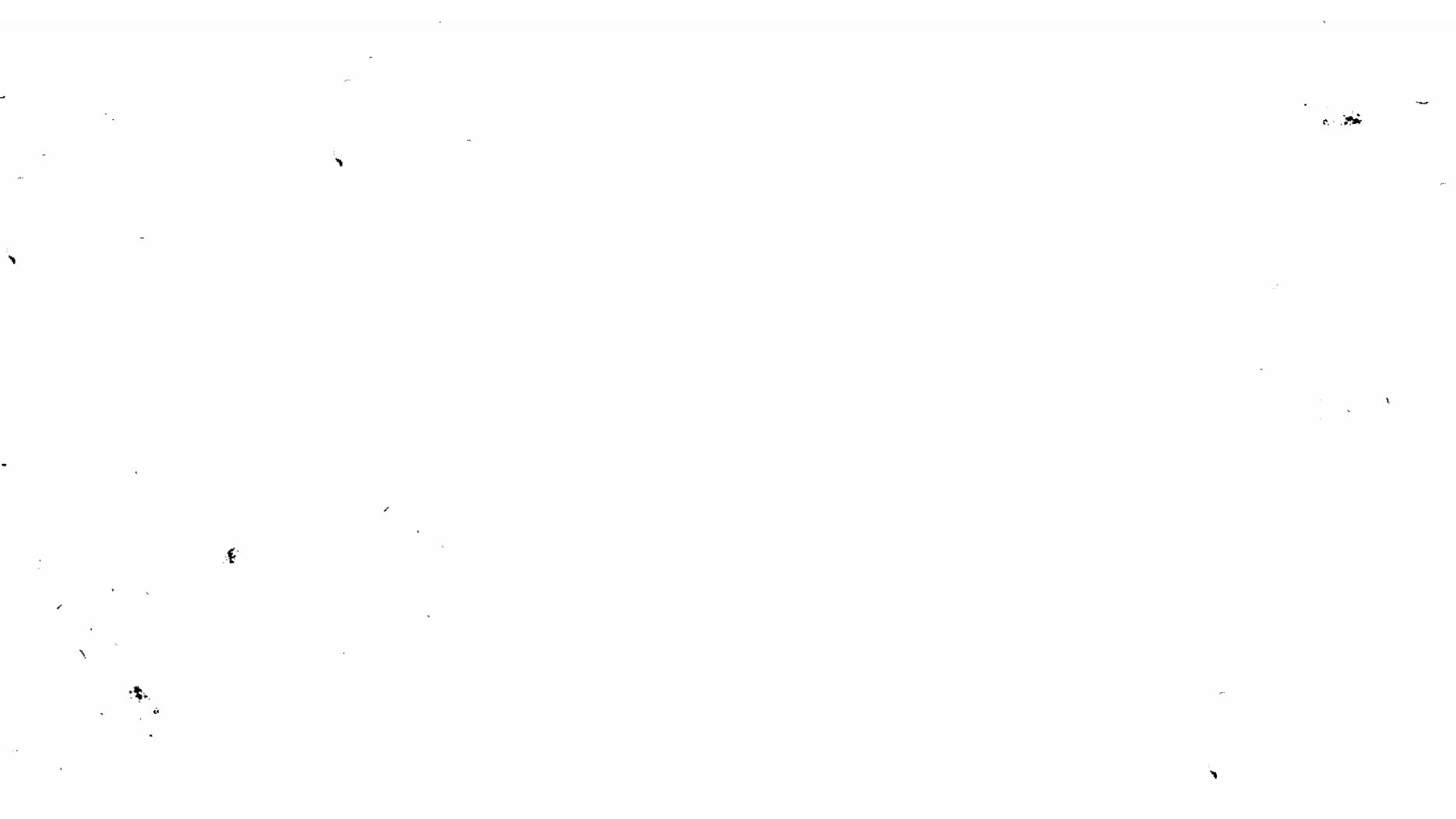The Power of Art: Exploring Social Justice through Contemporary Works
Art has always been a powerful tool for expressing ideas, challenging norms, and sparking important conversations. From the politically charged works of the Renaissance to the protest art of the civil rights movement, artists have used their creativity to shed light on social injustices and advocate for change.
In today’s ever-changing world, the role of art in social justice movements is as relevant as ever. The 13th Berlin Biennale for Contemporary Art, set to open on June 13th, brings together artists from around the world to explore pressing issues of our time through their work. By delving into themes of inequality, discrimination, and human rights, these artists confront viewers with the harsh realities of our society and push them to consider their own role in fostering change.
Historical Context
Throughout history, art has served as a mirror reflecting the sociopolitical climate of its time. From Francisco Goya’s “The Third of May 1808” to the bold graffiti of the streets during the Arab Spring, artists have documented and responded to the injustices they see around them. Their works have spurred revolutions, challenged oppressive regimes, and given a voice to the marginalized.
Contemporary Relevance
In today’s digital age, social media has become a powerful platform for artists to share their work and amplify their message. From the viral campaigns of #BlackLivesMatter to the global outcry for climate justice, artists are using their art to mobilize communities, provoke thought, and ignite change on a global scale.
As we navigate a world rife with inequality and division, the 13th Berlin Biennale serves as a timely reminder of the power of art to unite, inspire, and challenge us all to strive for a more just and equitable society.
